Diversity, Equity, and Inclusion (DEI) training has become a vital component of fostering inclusive workplaces. These training programs aim to educate employees about the importance of diversity, equity, and inclusion, and how they can contribute to a more diverse and welcoming work environment.
A breakdown on DEI Training:
DEI training, also known as diversity training or inclusion training, is a type of educational program or workshop designed to address issues related to diversity, equity, and inclusion in the workplace. The primary goal of DEI training is to create a more diverse and inclusive work environment where all employees, regardless of their backgrounds or identities, feel valued, respected, and have equal opportunities for growth and success.

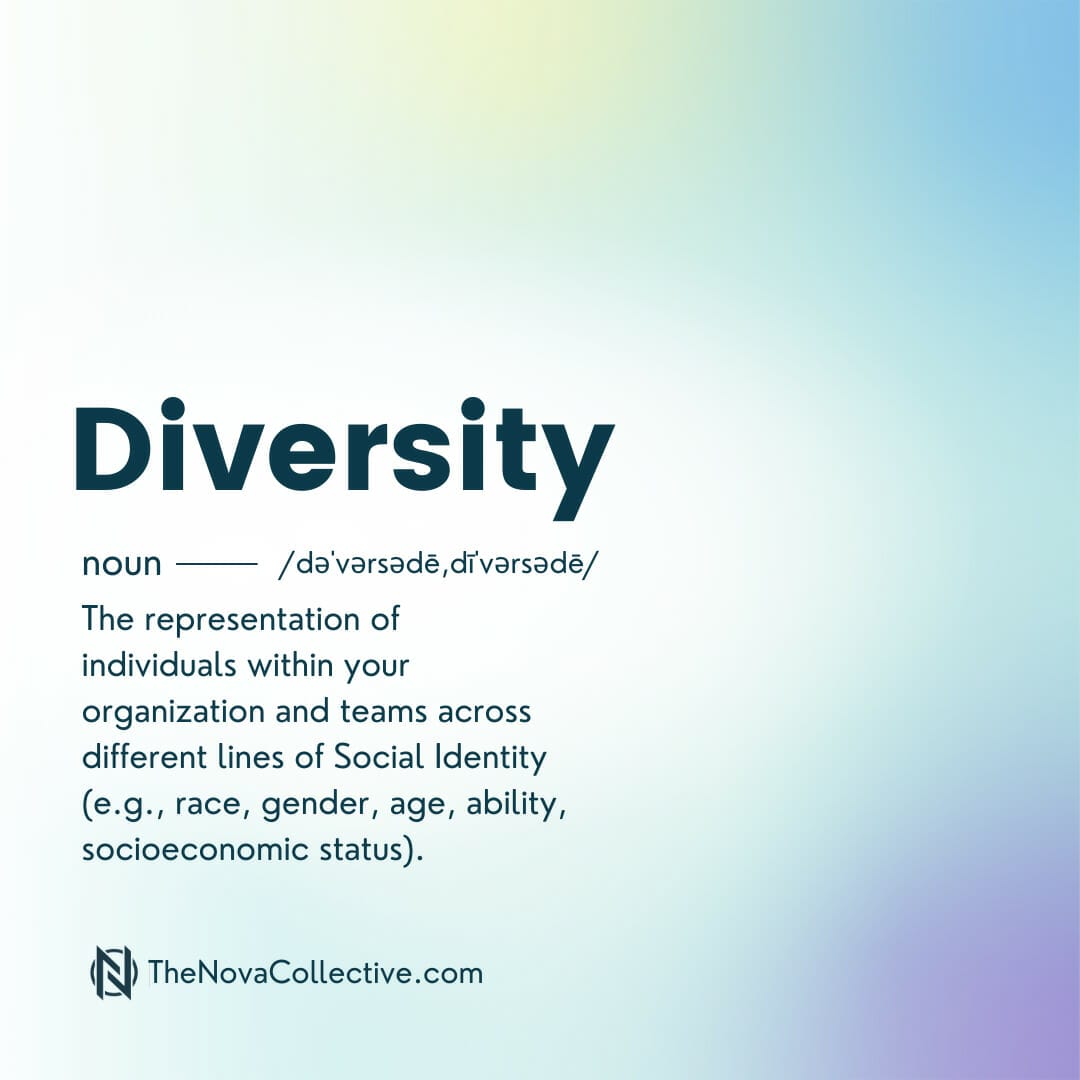

Key components of DEI training:
-
To develop an understanding and appreciation for Diversity:
DEI training acknowledges and celebrates differences in race, ethnicity, gender, sexual orientation, age, religion, ability, and other characteristics among employees. It aims to promote diversity by recognizing that these differences are valuable assets that contribute to a rich and varied workplace culture.
-
Use a DEI lens to understand equity for each individual:
Equity refers to the fair treatment of all individuals, considering their unique circumstances and needs. DEI training addresses systemic biases, inequalities, and disparities that may exist within an organization and aims to rectify them. It seeks to create an environment where everyone has an equal opportunity to succeed.
-
To foster an inclusive workplace:
Inclusion means creating a work environment where all employees feel welcome, respected, and free of obstacles to fully participate and contribute. DEI work promotes inclusive practices and behaviors, emphasizing that diversity alone is not enough; it must be coupled with inclusion to maximize its benefits.
DEI training covers a wide range of topics, including:
- Unconscious bias:
Unconscious bias training, also referred to as implicit bias, reveals our learned prejudices or judgments towards a social group (or groups) that are often so deeply rooted that we are unaware we carry them. Even with the best intentions, these biases can shape how we see and interact with others in and out of the workplace.
- Race and ethnicity:
Building competency around how race and ethnicity can show up in the workplace. This content provides skills to recognize and mitigate bias and microaggressions.
- Gender Parity/Equality:
Developing an understanding of gender identity and expression to ensure fair opportunities to all team members.
- Allyship and advocacy:
Encouraging individuals to stand up for and beside those in less privileged groups facing discrimination or bias.
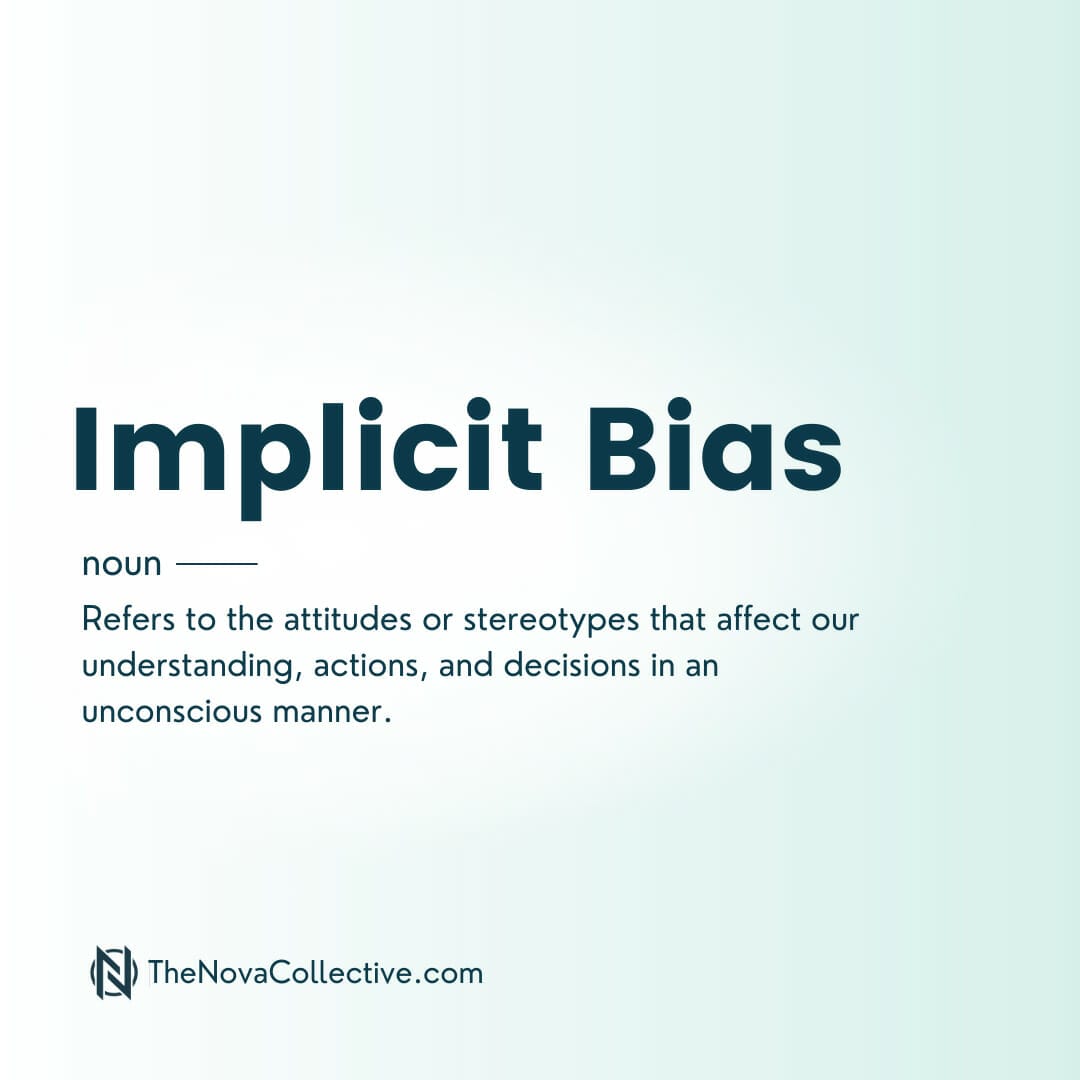
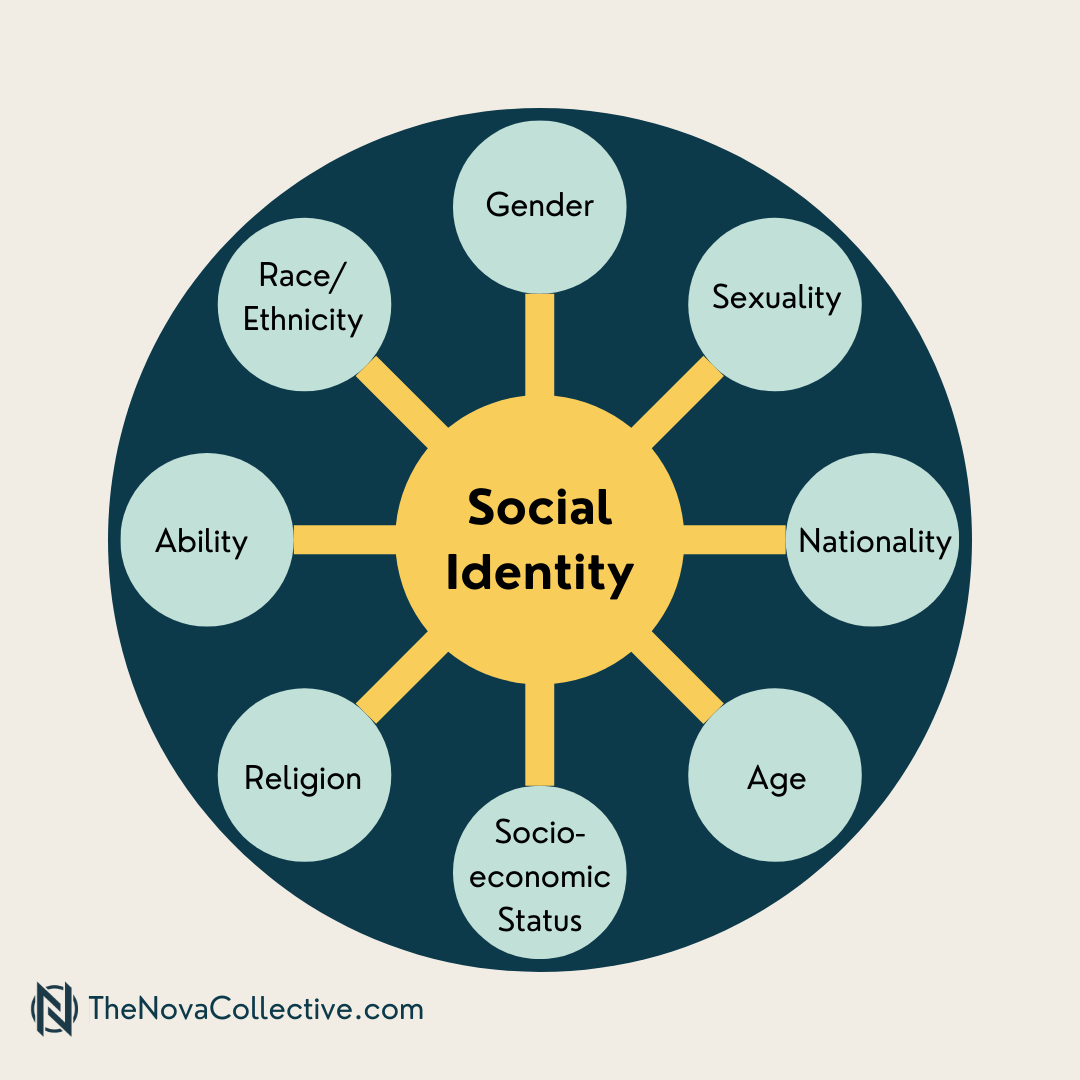
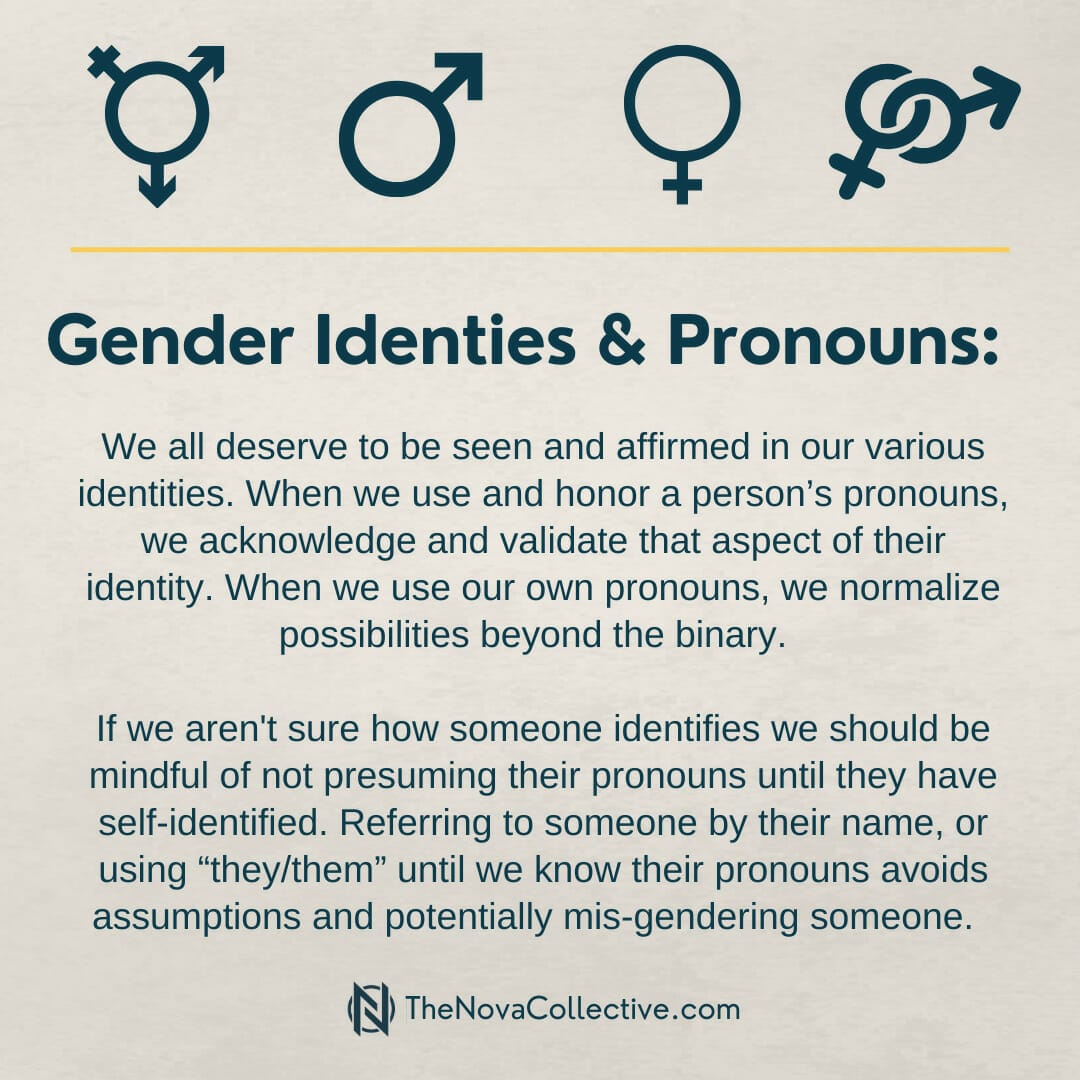
- Microaggressions:
Recognizing and addressing subtle or unintended forms of discrimination and harassment.
- Hiring and promotion practices:
Ensuring that recruitment and promotion processes are fair, objective, and free from bias.
- Leadership and accountability:
Training leaders and managers to foster DEI within their teams and hold themselves accountable for creating an inclusive environment.
DEI training can take various forms, including in-person workshops, online courses, group discussions, and one-on-one coaching sessions. The training topic may be reflected in its title such as; inclusion training, diversity training, allyship training, etc. It is typically an ongoing process rather than a one-time event, as promoting diversity and fostering inclusion requires continuous effort and commitment from all levels within an organization.
Ultimately, DEI training is a critical tool for organizations seeking to build a diverse, equitable, and inclusive work environment where employees from all backgrounds are given access to all available opportunities, collaborate effectively, and contribute to an inclusive culture for the organization's overall success.
Below are key strategies for achieving tangible and positive outcomes through DEI training:
Customized DEI Training
Tailoring DEI programs to your organization's specific needs and challenges is essential. Generic, one-size-fits-all training may not resonate with your employees. Consider working with DEI training providers, like The Nova Collective, who can customize content to address the unique aspects of your organizational culture, industry, and demographics. This ensures that training is relevant, engaging, and relatable.
Engagement and Participation
Successful DEI training programs require active participation and engagement from employees. Encourage open discussions, group activities, and self-reflection to foster a deeper understanding of DEI issues. Create a safe and brave space where everyone can share their perspectives, concerns, and questions without fear of judgment.
Leadership Buy-In and Involvement
Leadership's commitment to DEI initiatives is crucial to cultivate an inclusive culture in the workplace. When senior leaders actively participate in DEI training, it sends a powerful message about the organization's commitment to inclusivity. Leadership can set the tone by demonstrating their willingness to learn, adapt, and take actions that promote DEI in the workplace.
Measurable Goals and Metrics
Set clear, measurable goals for your DEI training programs. Establish key performance indicators (KPIs) that help track progress. These metrics may include increased representation in hiring, higher rates of employee satisfaction, or a more inclusive company culture. Regularly review these metrics to assess the effectiveness of your DEI initiatives.
Regular Training Updates
DEI training is not a one-time event; it should be an ongoing process. Regularly update and refresh the content to reflect changing societal norms, emerging best practices, and evolving company goals. This helps ensure that DEI training remains relevant and engaging for employees.
Incorporate Real-Life Scenarios
Make DEI training relatable by incorporating real-life scenarios and case studies. By examining actual situations that employees may encounter, you can help them understand the practical application of DEI principles in their day-to-day work.
Accountability and Feedback Mechanisms
Implement accountability measures that hold employees and the organization responsible for DEI goals. Encourage employees to report instances of bias or discrimination and provide feedback on the training programs. Create mechanisms for employees to voice concerns and offer suggestions for improvement. Consider reflecting participation in DEI training in performance review metrics.
Promote Inclusive Policies
DEI training should align with inclusive workplace policies. Ensure that your organization has policies in place that support diversity and inclusion in hiring, promotions, and day-to-day operations. Train employees on these policies and hold everyone accountable for their implementation.
Follow-Up and Support
After DEI training, offer support and resources for employees to continue their DEI education. This can include workshops, discussion groups, or access to relevant reading materials. Creating a culture of ongoing learning helps maintain the momentum of DEI initiatives.
Celebrate Successes and Share Stories
Highlight success stories within your organization. Share examples of how DEI initiatives have positively impacted the workplace. Recognizing and celebrating these successes can inspire others to get involved and invest in the journey towards a more inclusive environment.
DEI training is a powerful tool for creating inclusive workplaces and fostering positive change within organizations. To get tangible results from your DEI programs, customization, engagement, leadership involvement, clear metrics, and ongoing support are key. By following these strategies, you can ensure that your DEI training efforts translate into a more diverse, equitable, and inclusive workplace, resulting in stronger teams, increased employee satisfaction, and a more competitive organization.
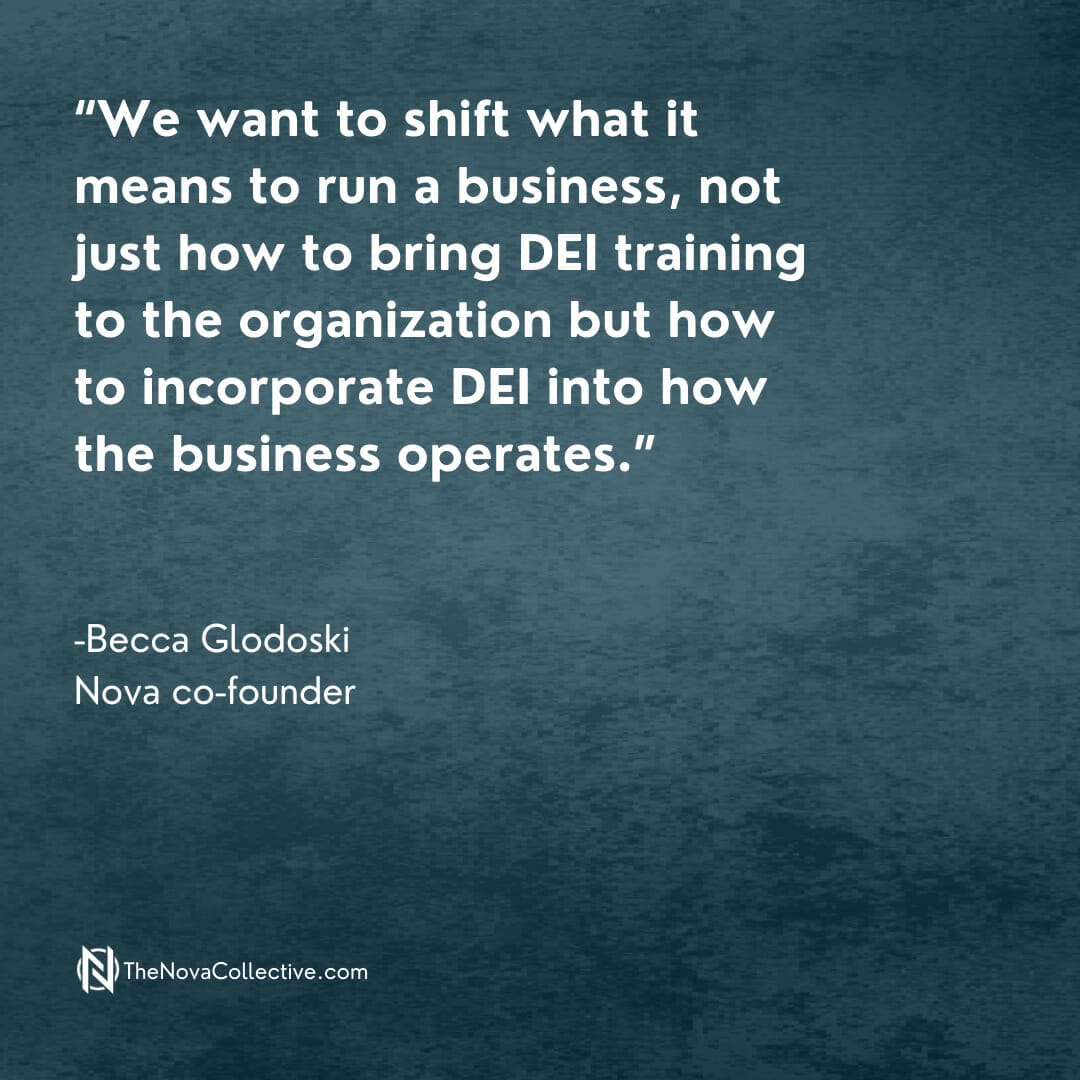
Where are you on your DEI Journey?
We're here to support you, let's talk!

